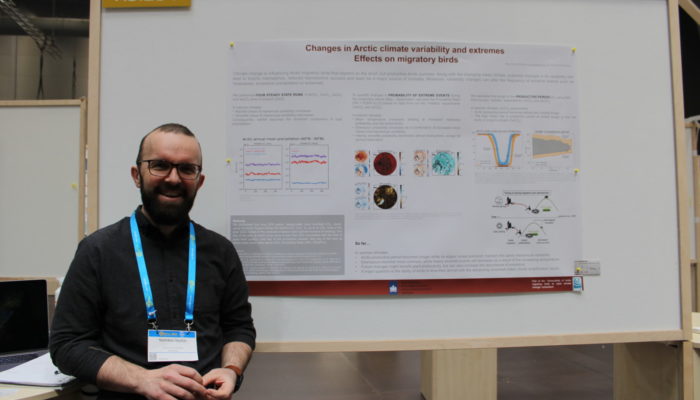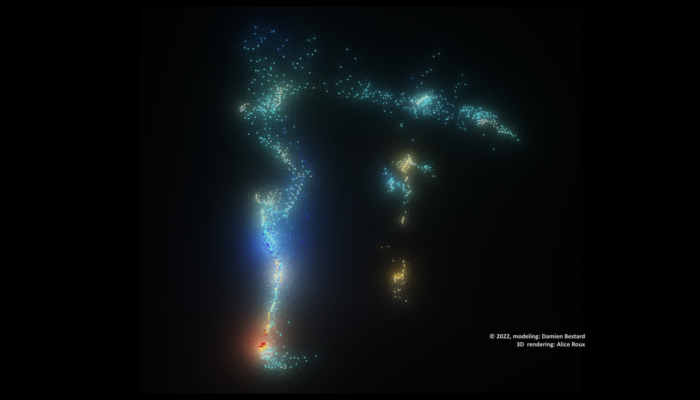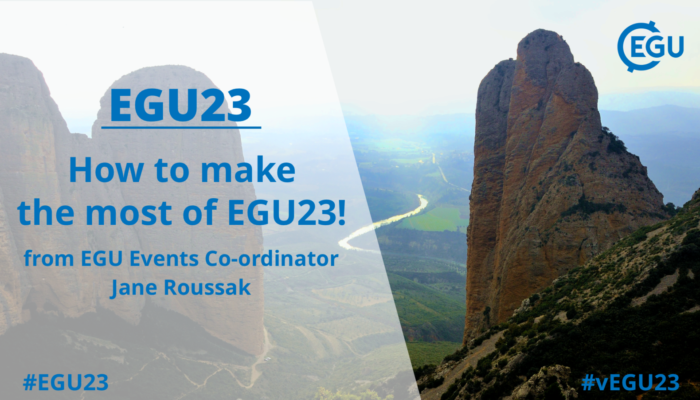Changes in Arctic climate variability and extremes may have significant impacts for migratory birds, according to a study presented at EGU23 by Nomikos Skyllas, a PhD student from the University of Groningen. Many species cross continents during their seasonal migration patterns, travelling from as far as Africa and South America to northern regions such as Siberia and the Canadian Arctic. If you’ ...[Read More]
Do changes in Arctic climate variability severely impact migratory birds?




